EBR charges a service fee to manufacturers to produce ebike reviews and videos, this began in 2018. It’s the same flat fee for each bike, and it helps us to keep the site going while limiting ad clutter. We appreciate the opportunity to serve you with our opinions and data but respect your right to know that we receive compensation :)
I’ve reviewed four earlier versions of the IZIP E3 Zuma electric bicycle, dating back to 2014, but this latest 2018 iteration is the first one I’ve seen that uses a mid-drive motor and downtube mounted battery pack. This improves frame stability and handling, reduces frame flex, and offers greater range because the mid-motor can leverage the gears to climb or maintain speed more efficiently. It’s a wonderful update and one of my favorite current-generation cruiser ebikes. IZIP has a good reputation in the space because they are backed by an electric bike competency support center. You can call in to get help with issues and find replacement parts going back several generations. I’ve visited the headquarters and personally know a few of the team members who answer calls and they helped me get feedback and details to create this review. What the IZIP E3 Zuma offers is a comfortable, relatively affordable, neighborhood cycling experience. The geometry is relaxed and upright, wider tires provide stability and comfort, and two frame styles and colorways offer a “his and hers” possibility where you could share batteries and deal with one company (and possibly get a deal purchasing multiple bikes at the same time). In order to get the price point lower, a few hardware compromises have been made. The seven-speed drivetrain is good enough for around urban rides on concrete but might struggle a bit on the steepest hills. They opted for a Shimano Altus derailleur, which is one step-up from the lowest component group in the Shimano line. Instead of trigger shifters, they chose a large thumb shifter that can be trickier to reach, and the 160 mm disc brakes are mechanical which requires more hand strength and isn’t as adjustable (in terms of lever reach). There’s no suspension fork or seat post suspension here, but you could add a cheap aftermarket post and shim for under $50. Finally, the mid-drive motor used here doesn’t offer fancy shift detection or offer torque sensing, just a fairly-good cadence sensor. It’s a bike that was specced well for relaxed daytime riding for pleasure, but doesn’t come with fenders, a rear rack, or integrated lights… Though, it is wired for lights if you want to add them later. And, there’s an optional trigger throttle upgrade for those who just want to cruise and relax without pedaling.
Driving this bike is a 350 to 500 watt TranzX M16 GTA centerdrive that is horizontally mounted at the bottom bracket. This is one of the nicer TranzX motors, offering up to 60 Newton meters of torque, but it’s definitely a value part compared with the Bosch Active Line motors. By comparison, those motors weigh two pounds less, measure cadence in addition to rear wheel speed and torque, and offer shift detection to protect the drivetrain. They do not offer quite as much torque, and none of them are compatible with throttles at this time. The TranzX M16 stands out a bit visually, and some wires have been run below the motor casing (which exposes them a bit), but the ride quality is good. I especially appreciate how IZIP has added a steel chainring guard and smaller guide to make sure the chain doesn’t drop if you ride over bumpy terrain. Covering the back half of the motor and the top section of chain is a beautiful paint-matched chain cover, made from aluminum alloy. This guard will keep your pants or skirt clean when pedaling and won’t rust the way steel might, if it gets scratched up over time. My guess is that this motor only supports pedal strokes up to 100 rotations per minute vs. some of the fancier motors that can reach 120 RPM. This means that you’ll have to change gears more actively to hit different speeds. The maximum assisted speed is 20 mph (25 km/h), and that makes this a Class 1 product by default, allowable in the most locations and trails. If you opt for the plug-and-play trigger throttle, the bike becomes a Class 2 and may not be allowed on some dirt paths and bike trails. I actually really like the throttle option because I have a sensitive knee and like help climbing, starting from standstill, or simply taking a break. Older IZIP models offered a press-button throttle, and I found that it wasn’t a variable-speed throttle and required more hand dexterity and finger force to keep active.
Powering the bike motor, compact LED display panel, and two six-volt light wires, is a Lithium-ion battery pack that seats onto the downtube. The pack slides in from the left, allowing for a lower top-tube design on the step-thru model. It only weighs ~5.8 lbs, but it offers lower than average capacity, for this generation of bikes (it’s about average for 2016/2017). The exact specification is 48 volts 8.7 amp hours for roughly 416 amp hours. By going with a 48 volt system, the Zuma sends power more efficiently and can drive a higher amp controller for more zippier starts. It’s a satisfying ride, and you can actually dial in the power amp out put by holding the plus and power button on the display for a few seconds to adjust what they call “power trim”. The default is 5 but you can go down to 1 or up to 9 for more or less “zip” and gain that sense of power. My guess is that the range on this ebike could be anywhere between 20 miles and 50 miles depending on whether you use the trigger throttle, ride at a higher level of assist, turn up power trim, climb steeper hills, or weigh a bit more than average. The good news is, the included battery charger is faster than average, putting out 3 amps vs. just 2. This gets you back outside riding in a jiffy, and the charger has a sturdy metal plug tip that won’t get bent or damaged as easily with years of use. The battery can be charged on or off the bike, and I’d recommend keeping it above 20% to avoid stressing the cell chemistry… extreme heat and cold can also prematurely wear the cells. The IZIP E3 Zuma only weighs ~51 lbs, which is light for a cruiser with fatter tires, a larger saddle, and longer handlebar. By taking the battery off, quick release wheels, and quick release seat, the bike can become super light and compact for transport or service. I was able to ride one of these bikes at the Accell Group headquarters in California, but it’s nice to be able to do the same at a local ebike shop. For those who live too far away, IZIP does ship direct, and assembly is minimal.
Operating the bike is a two-step process that requires pressing a rubber button on the left side of the battery before you can power up the display panel. This is a minor hassle, but could become frustrating if you’ve already mounted the bike and have to bend way forward and down to reach the button. Once the pack is on, the LED display can be powered up with a second rubberized button. It does a little startup dance, and red numbers read out your current speed, four red dots let you know your assist level (and the last level chosen seems to stick, which is nice), and three lighted LED colors communicate charge level. I do feel that it can be difficult and a bit confusing to base how much battery is left (and thus how far you can safely ride) by looking at a 33% color representation… so it’s wonderful that there is also a range estimator built in. When you’re in one of the levels of assist, simply tap the power button to get a quick range estimate readout. This may display as miles or kilometers, but is not labeled as such. You can switch units by holding plus and minus simultaneously for a moment… then note that the lower number will be miles (since 1 mile roughly equals 1.6 kilometers). Unlike larger, fancier LCD displays, the compact LED unit on the E3 Zuma is a bit small and hard to read, and leave off information about average speed, time, and odometer. It’s less likely to get damaged from scratches or glare up into your face, and I quite like it… even if some of the menus are a bit buried. The range estimate is very handy and easy to remember (just tap that power button) and there’s even a Mini-USB port built into the right side of the control pad, for charging your smartphone or GPS on the go! My biggest complaint about the display is actually how it interacts with the optional trigger throttle. Rather than allowing the throttle to override the levels of assist and start from zero, it makes you pedal up to ~2 mph before the throttle goes active… that is, unless you’ve clicked the minus key all the way down to no assist. In this ride mode, the throttle is active from stop, and is very handy for getting help at a stop sign. I have sensitive knees, so instant start help is great! However, I also want to conserve battery, so I tend to ride in assist level 2 or 3. The way it currently works (if you have the throttle option) the minus key has to be pressed at each stop to get throttle help and then the plus key has to be pressed a few times to get back into pedal assist.
In conclusion, for $600 less than the prior year model, you’re getting a tried and true electric bike from a longstanding company that can be seen and test ridden at a bunch of dealers. Even though it doesn’t come with fenders, they could fairly easily be added if you live in a rainy area. There’s no cargo rack, but this is a fun machine… not exactly a commuter, and with the fender bosses on the rear, you might actually be able to set one up if you really wanted, or use a simple beam rack like this. You get the balance and efficiency of a mid-motor, an average drivetrain, the ability to add a throttle and even adjust the power level of the motor. IZIP uses a CAN Bus system on their electric bicycles, much like you’d have on an automobile, which allows for easier diagnosis of errors and issues that might crop up over time. This makes supporting them easier for you and the local shop, and the warranty is pretty solid with 1 year comprehensive and 2 years on the motor. The paint schemes are fun and tie throughout the fork and chain cover. The larger tires come from Schwalbe and offer K-Guard 3 puncture protection, so you shouldn’t encounter many flats as long as you keep the air pressure between the recommended levels. Since the bikes use 26-inch tires, the frame sits closer to the ground, making them easier to mount and stabilize at stops. I got help doing some test ride shots for the video review above from one of the IZIP employees, and he was fairly short (shorter than me, and I’m 5’9″) but he was still able to comfortably ride the high-step. The adjustable angle stem provides some good ergonomic options, but could rattle loose over time and even slip forward, so keep an eye on it and make sure it stays tight. The Accell Group owns IZIP as well as Raleigh, and there’s a very similar model from them called the Raleigh Retroglide iE which comes with fenders and an integrated rear rack for $300 more. The color schemes are different and there may not be dealer overlap. I’ve reviewed that model as well and should be posting later this year. Big thanks to the IZIP team for partnering with me on this post and having me out to review several models back to back. Feel free to post comments and feedback below, and I’ll do my best to answer questions and respond. You can also visit the IZIP Forums to post pictures and interact with other owners.
Pros:
- The mid-motor and downtube battery keep weight relatively low and center across the frame, this is one of the more balanced cruiser style ebikes, the frame doesn’t flex a lot and it handles pretty well
- Even though there’s no suspension fork or seat post suspension outfitted on this ebike, the larger balloon tires, wider saddle, swept-back steel handlebar, and adjustable angle stem provide a relaxed and fairly comfortable feel, you could always add an aftermarket suspension post… just make sure it fits 29.8 mm (which is a bit uncommon) or use a shim adapter like this with a standard 27.2 mm suspension post like this
- Excellent kickstand position, it stays well out of the way from the left crank arm (so you can back the bike up without stowing it or perform drivetrain maintenance with the bike parked)
- Quick release wheels and seat clamp make the bike easy to adjust, move, and service, the battery is also removable… so you can charge it separately or remove to take off ~5.8 lbs, making the bike lighter
- Fun aesthetic, IZIP has added decals and used contrasting colors to make the ZUMA bright and fun, I appreciate that the wheel rums, spokes, and hubs are all black (along with the seat post, stem, handlebar, crank arms, pedals etc.) vs. using silver in some places and black in others, you can tell that they paid attention to the details with this ebike
- Paint-matched alloy chain cover will keep your pant leg or dress/skirt clean when pedaling, it’s not going to rust the way that steel would if it gets scratched by your shoes over time
- The TranzX M16 GTA felt pretty responsive, even though it just uses a cadence sensor… you could definitely mash gears if you don’t ease off when shifting, but overall I feel that it’s a good value-priced middrive and works well on with the Zuma
- Excellent price point! The 2018 IZIP E3 Zuma is ~$600 less than the 2017 model and I’d consider it a bargain at just under $2k because it is sold through dealers and comes with a solid warranty and manufacturer parts support (IZIP is one of the oldest ebike brands in the USA and part of the Accell Group which owns Raleigh and Haibike too)
- The battery packs tip out to the left side vs. mounting straight down, this enabled IZIP to build a lower top-tube on the step-thru frame without the risk of having the battery bump the top tube and get scratched or be difficult to remove
- I love that the control panel on this bike shows range estimates and has a Mini-USB port built in, it’s one of the nicer “affordable” simple displays and it just stays out of the way and works well
- I like that the chainring has an outer steel guard and a little inner guide piece, as a result, you shouldn’t have issues with the chain falling off of this bike, there’s a clear plastic slap guard on the right chain stay to keep the paint in tact if the chain bounces up and down a lot on bumpy terrain
- It’s neat that they sell a trigger throttle accessory for $50 because some riders may not want to pedal constantly, it’s easy to install and works much better than the older button throttles from 2016/2017, I love that the throttle works from standstill if you’re in no-assist mode but wish that it would also work from zero in 1-4 assist vs. making you get the rear wheel moving… the whole point is to help you get started from stops and the default configuration here requires that you click the – button to get down to zero, and that’s just annoying to me
- The battery charger is a little bit faster than average, putting out 3 amps vs. 2 amps, and it has a metal tipped plug at one end which won’t get cracked or bent as easily if you step on it or store it roughly
- If you hold + and power, you can adjust “power trim” which allows you to raise or lower the zippiness of the bike… like how fast and hard it starts, this is a neat feature for people who like a sporty feeling as well as those who want to save the battery and start a bit slower
Cons:
- It’s great that the bike is setup with fender bosses, but I wish it also had rear rack and bottle cage bosses, the Zuma is a relaxed neighborhood cruiser, but it’s still nice to have utility in some situations
- I don’t love the oversized Shimano SIS Index thumb shifter, it takes more energy and reach to click compared to trigger shifters, but it does make room for the optional trigger throttle and works well if you’re wearing gloves
- While I do like the display that they use here, it isn’t as large or feature-rich as a full LCD display with trip distance, average speed, clock, and other readouts… just current speed, assist level, range estimates, and a three-color battery level indicator that doesn’t seem super precise
- The adjustable angle stem is nice for dialing in fit and providing a more upright body position, but they can sometimes rattle loose and slip forward if you ride off a curb or stop quickly, just keep an eye on it
- I wish the tires had reflective sidewall paint, just to keep you safer and more visible at night, but at least the frames are pre-wired to accept lights! This is something a local e-bike shop could help you install
- The wires are pretty well hidden and integrated through the frame, but they are a bit exposed along the base of the motor plate which could be vulnerable in some situations, overall… it’s a purpose-built frame that works very well with the mid-motor drive system
- Minor complaint, the mechanical disc brakes work alright but use average-sized 160 mm rotors and will be harder to pull and less adjustable than hydraulic brakes
- Powering the bike up to ride is a two-step process where you press a circular button on the left side of the battery and then press another power button on the control pad, the extra steps take extra time and might require you to bend down if you forgot to start with the battery
Resources:
- Official Site: https://izipelectric.com/electric-bikes/leisure/e3-zuma-step-thru
- More Pictures: https://photos.app.goo.gl/ev7rCQ9aE19sL02k2

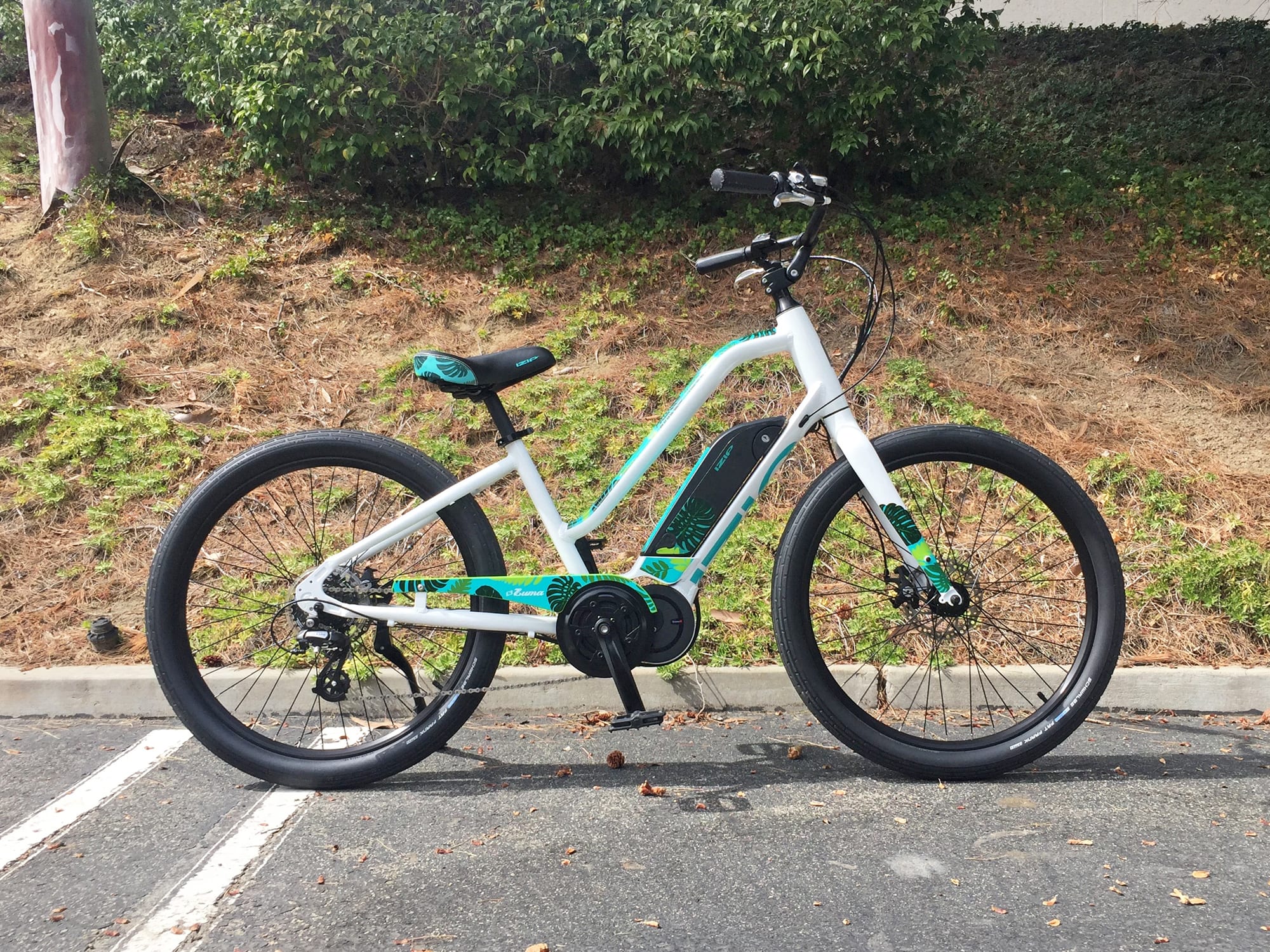
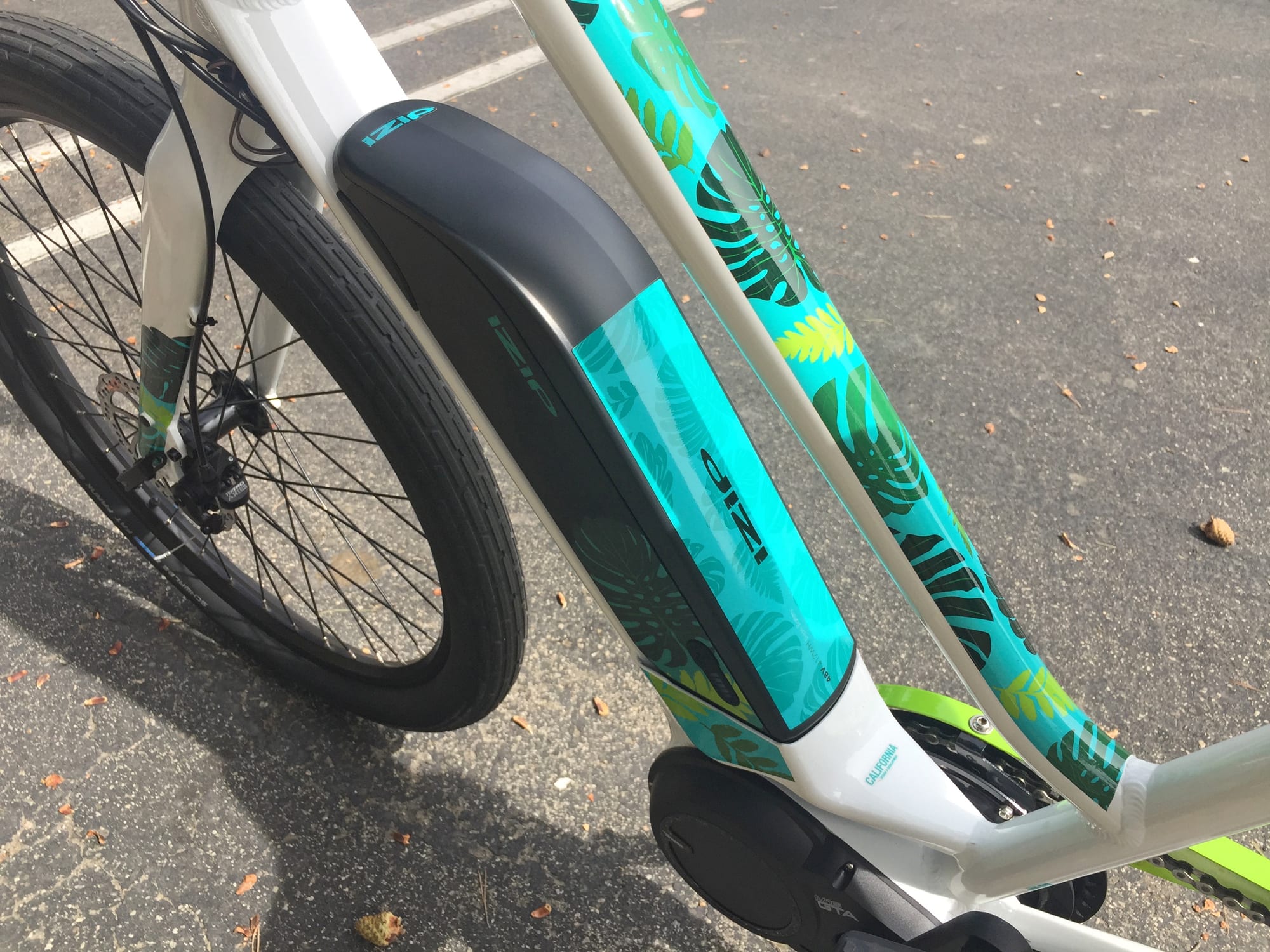
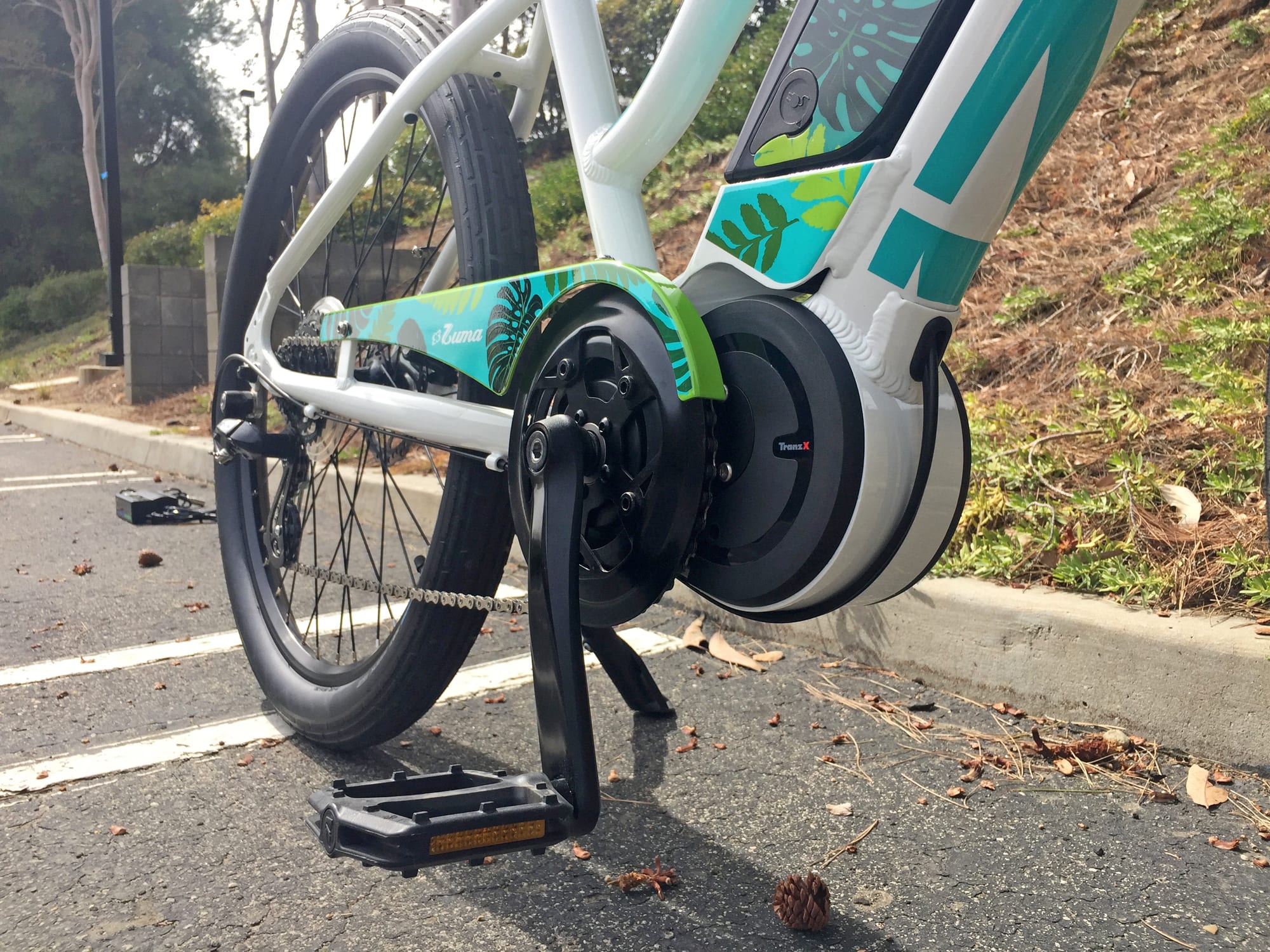
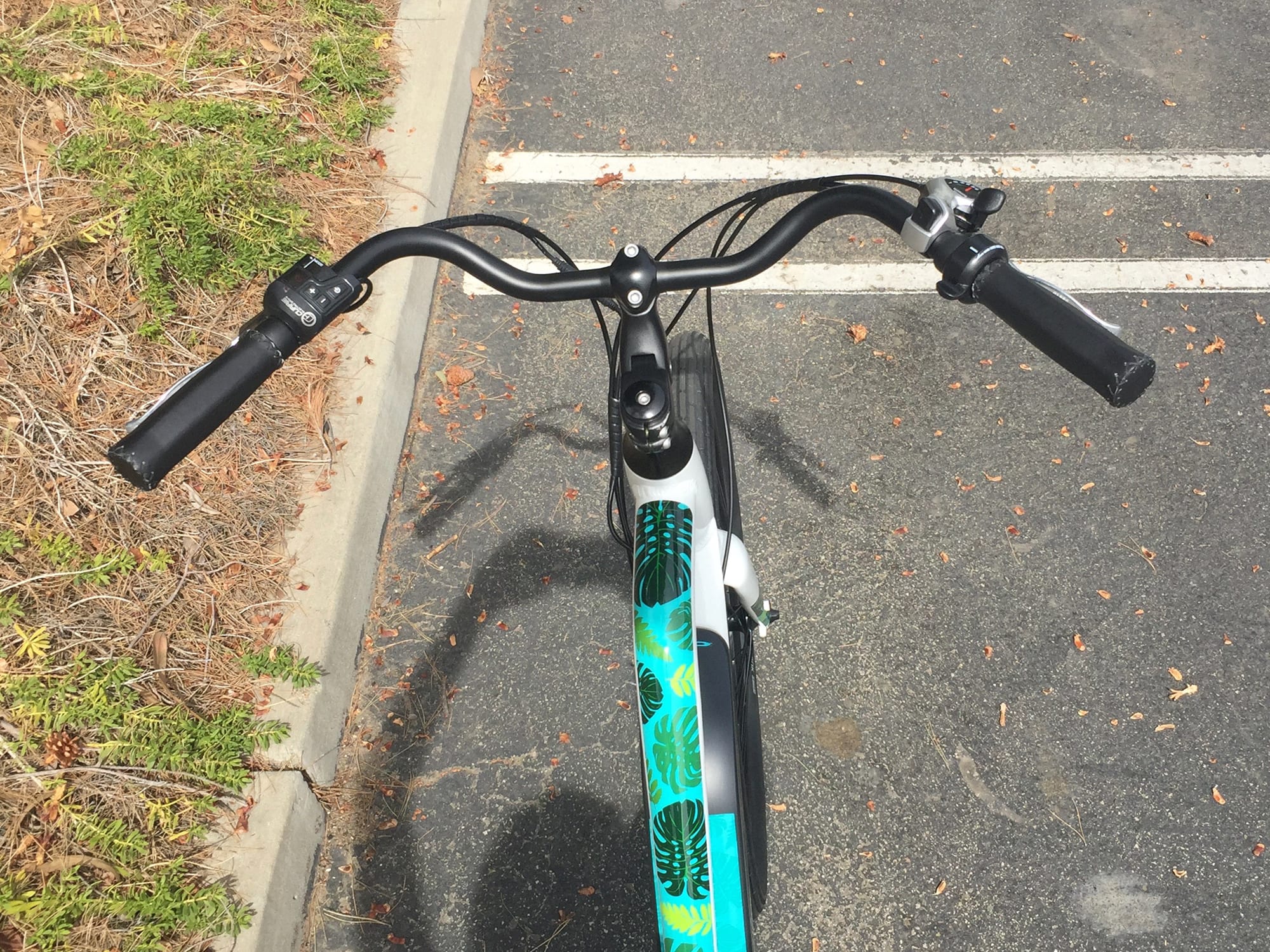
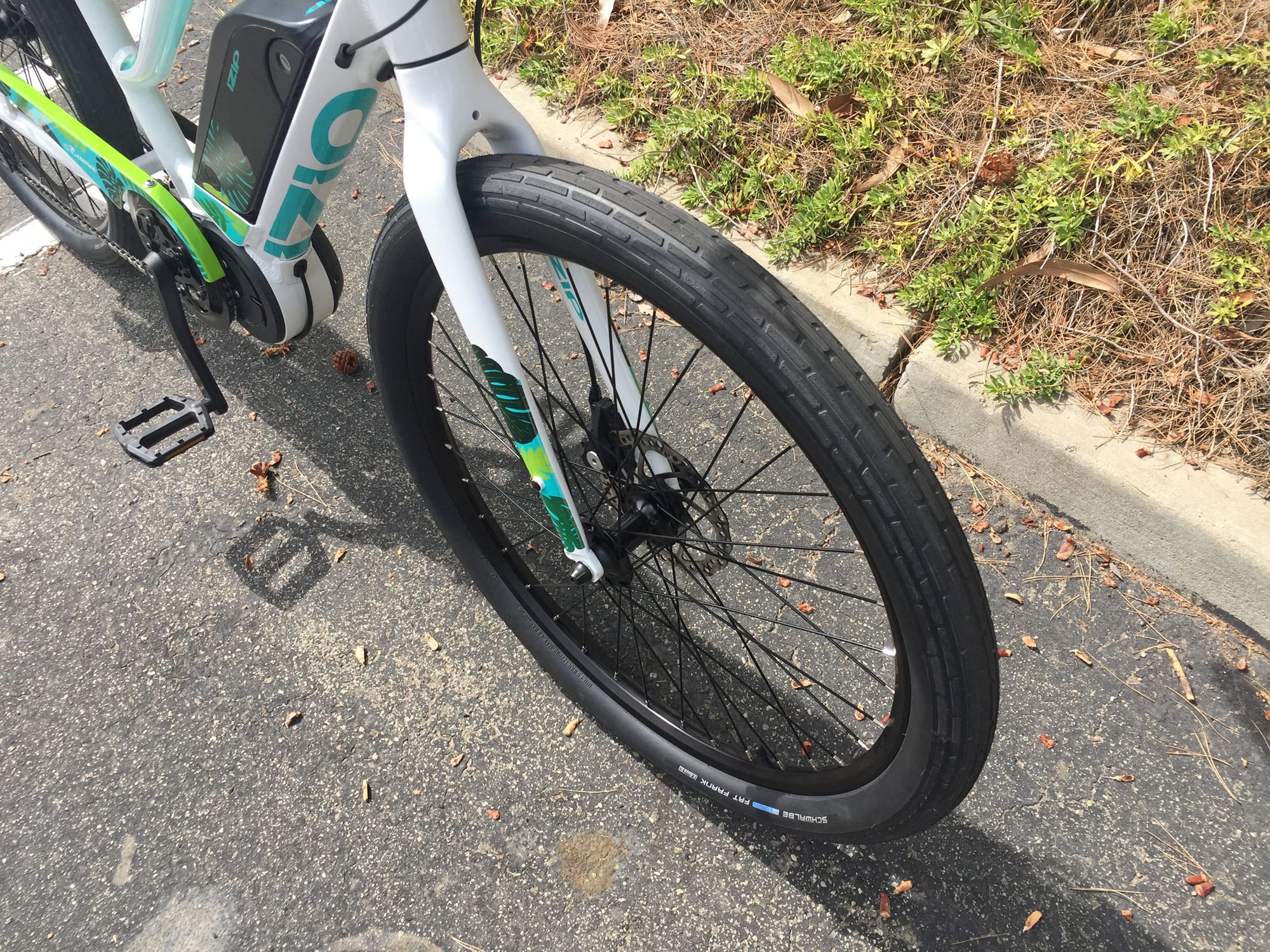
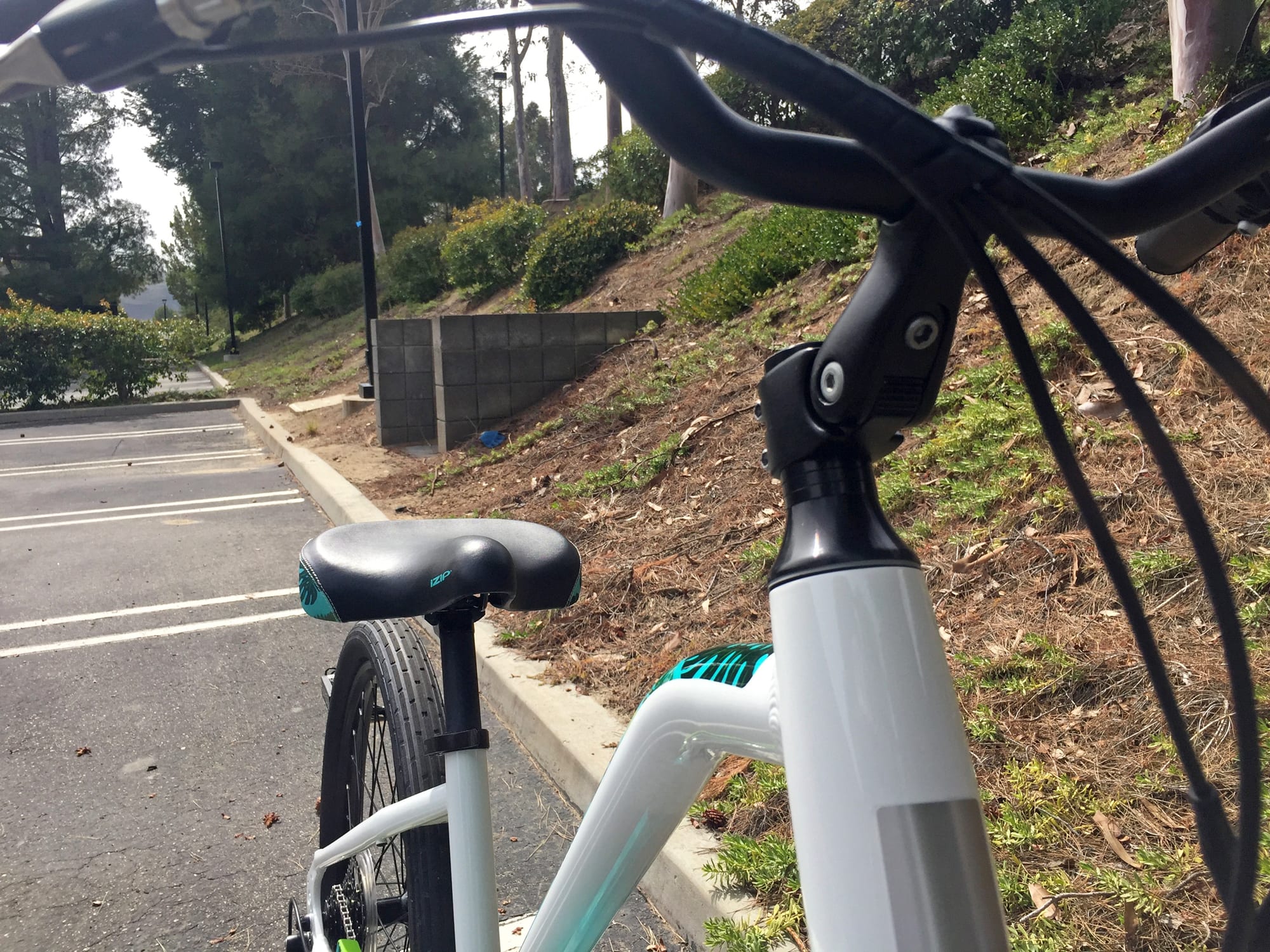
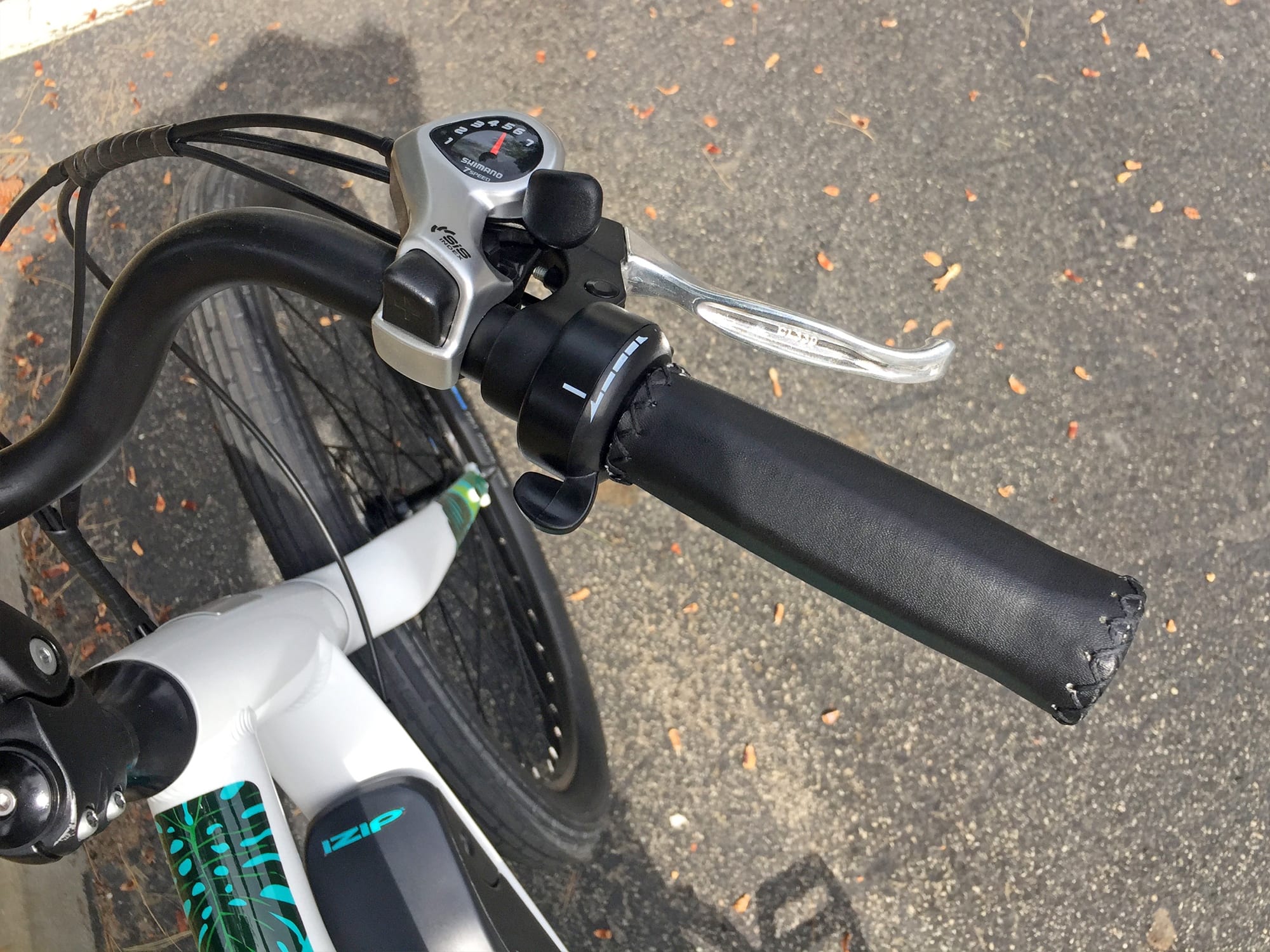
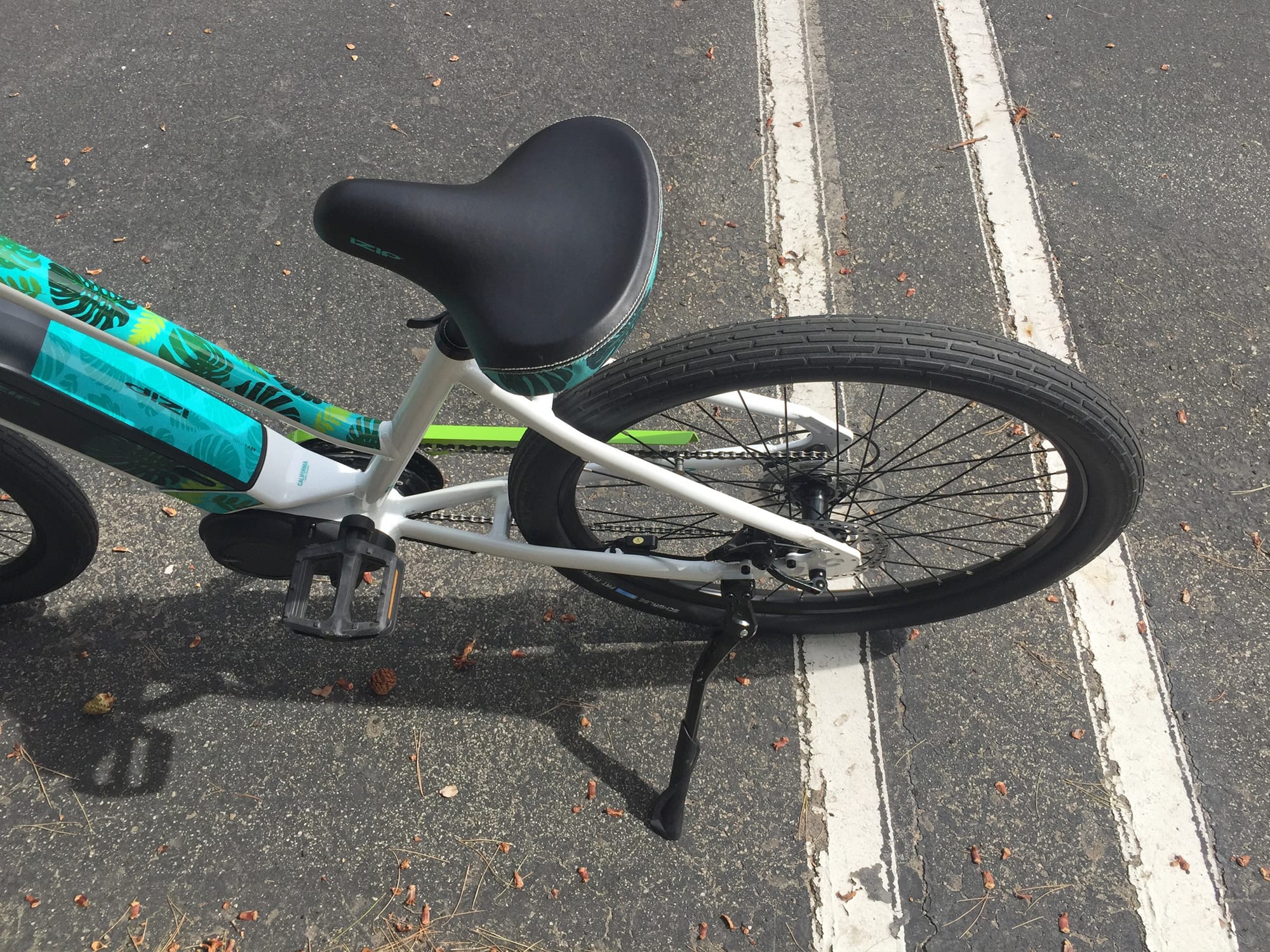
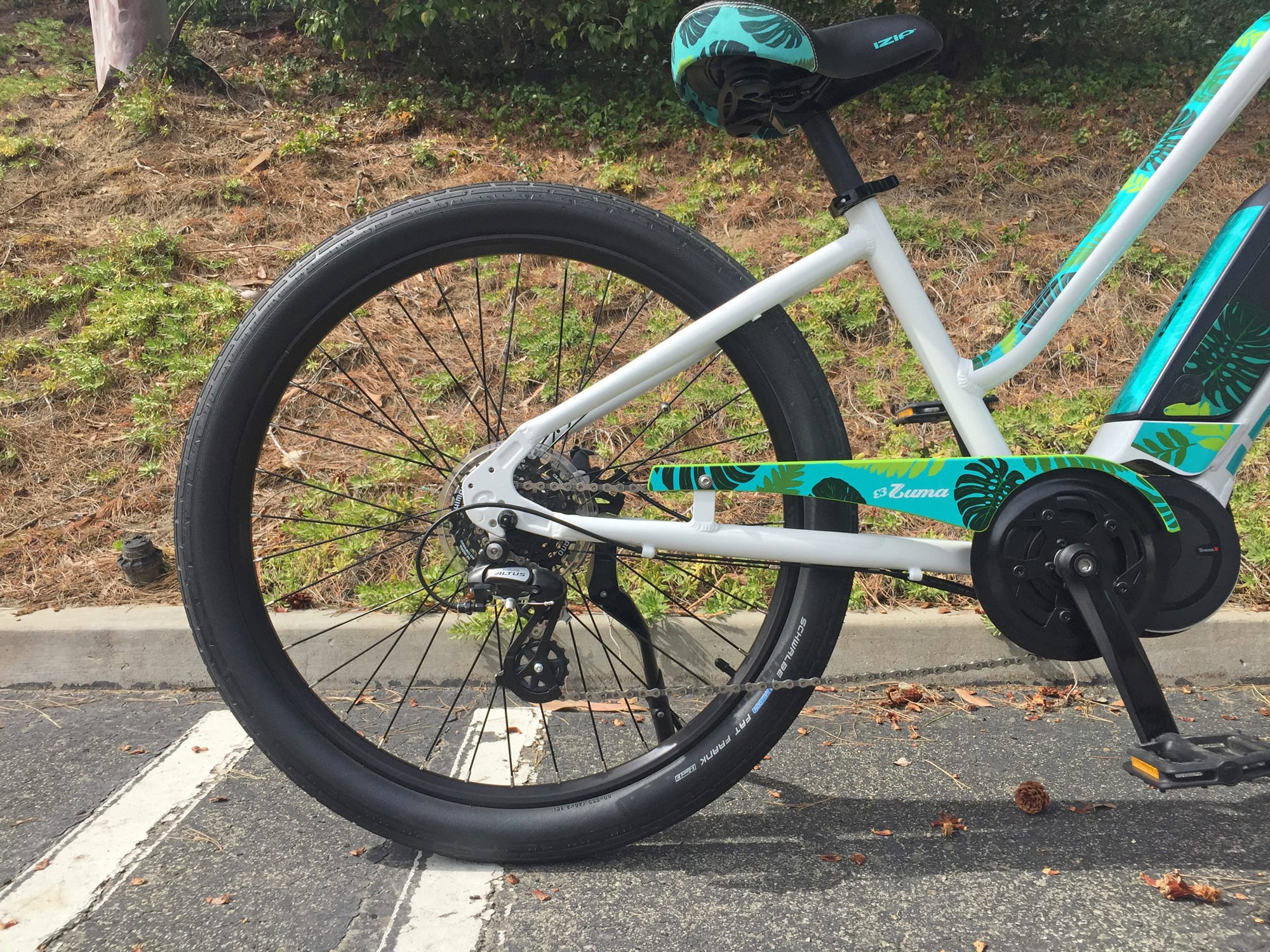
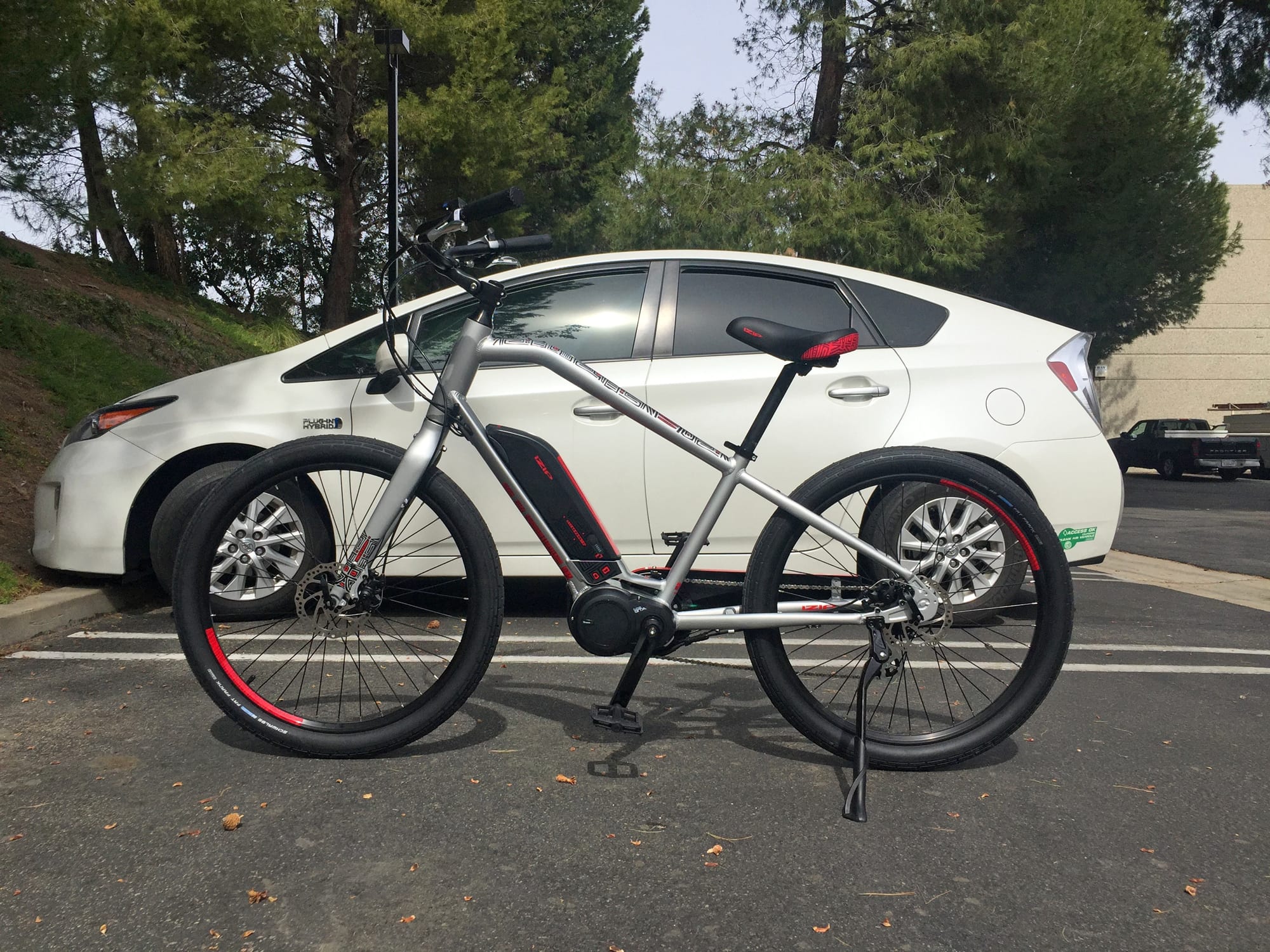
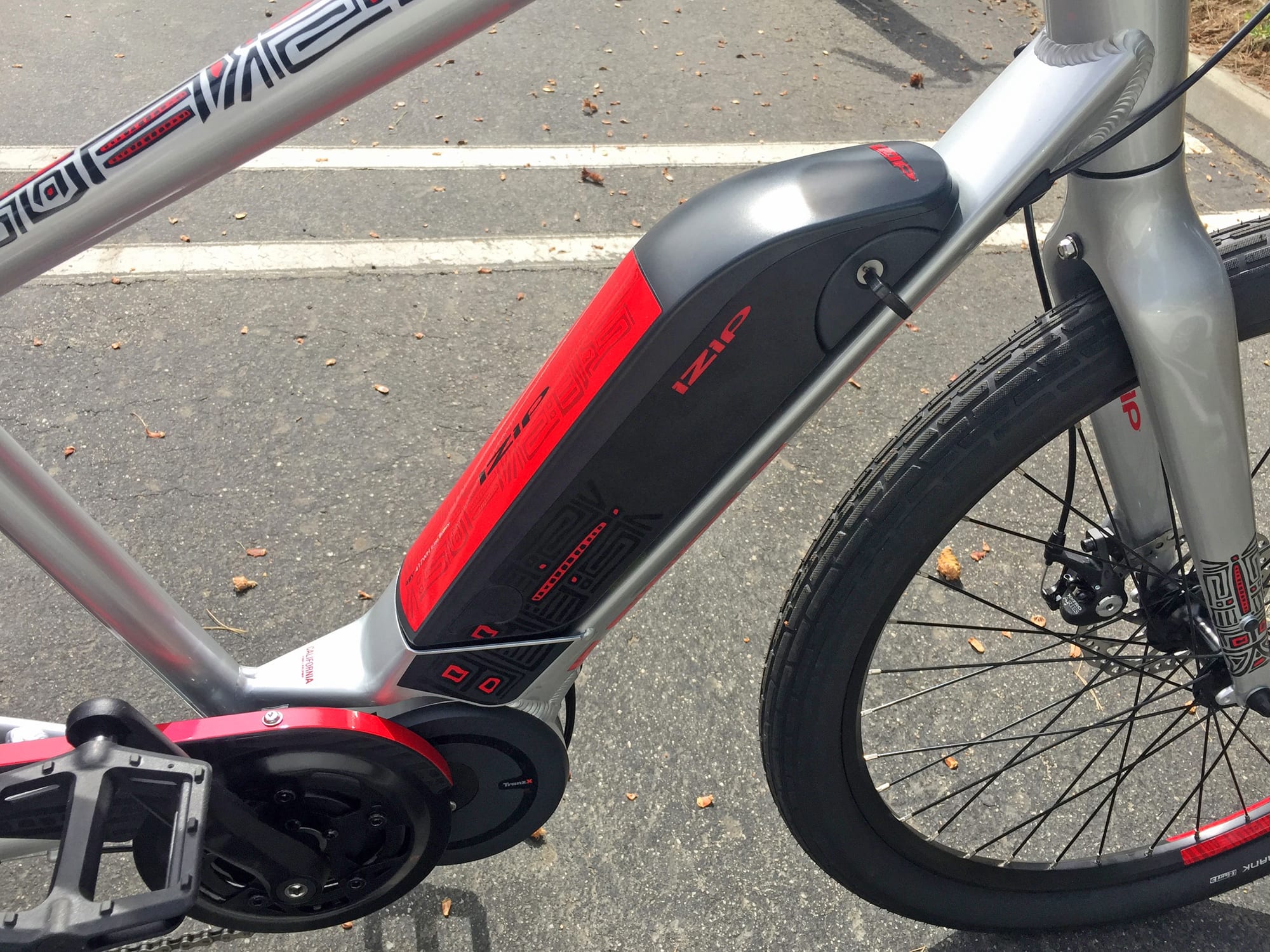
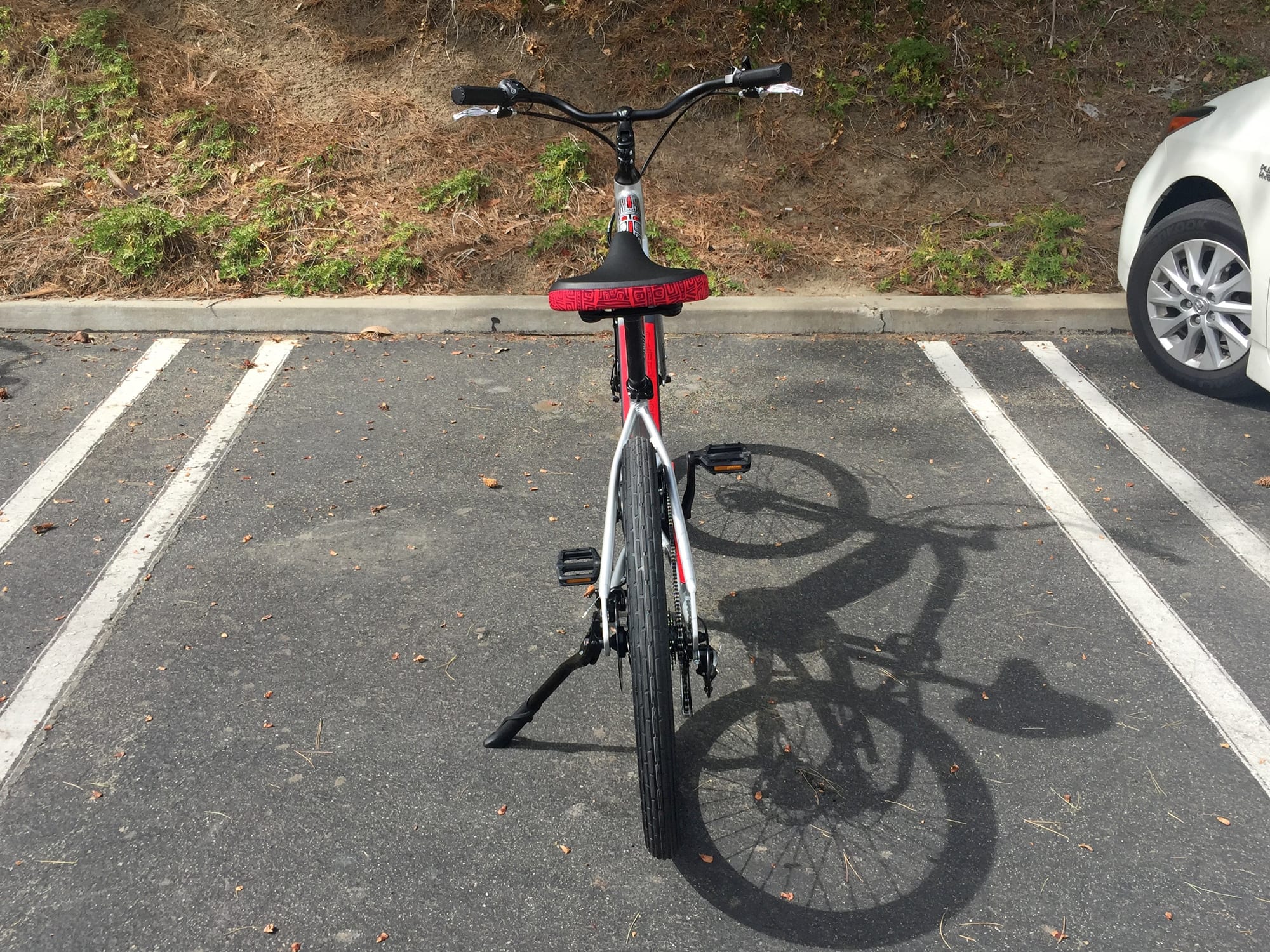
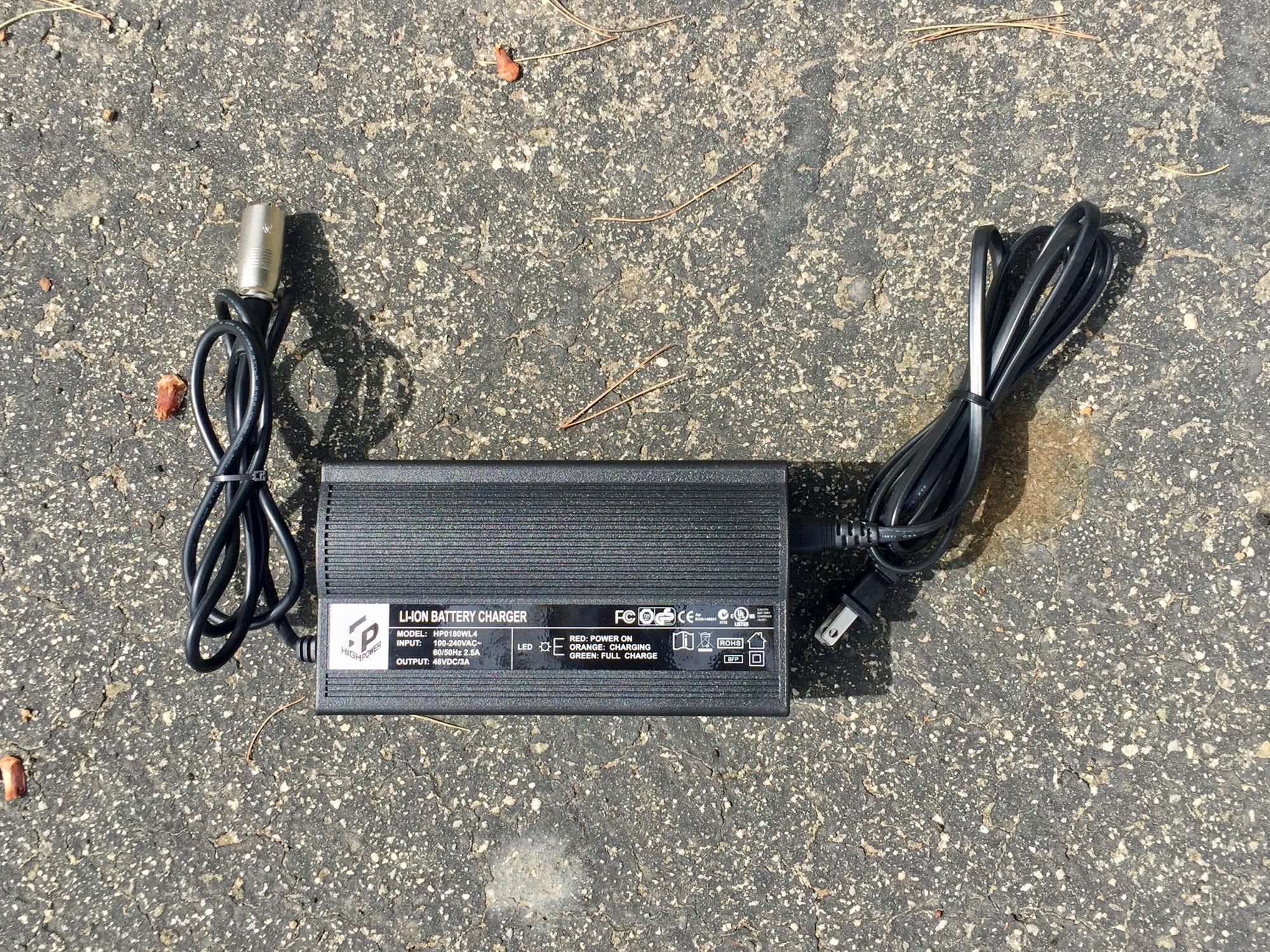

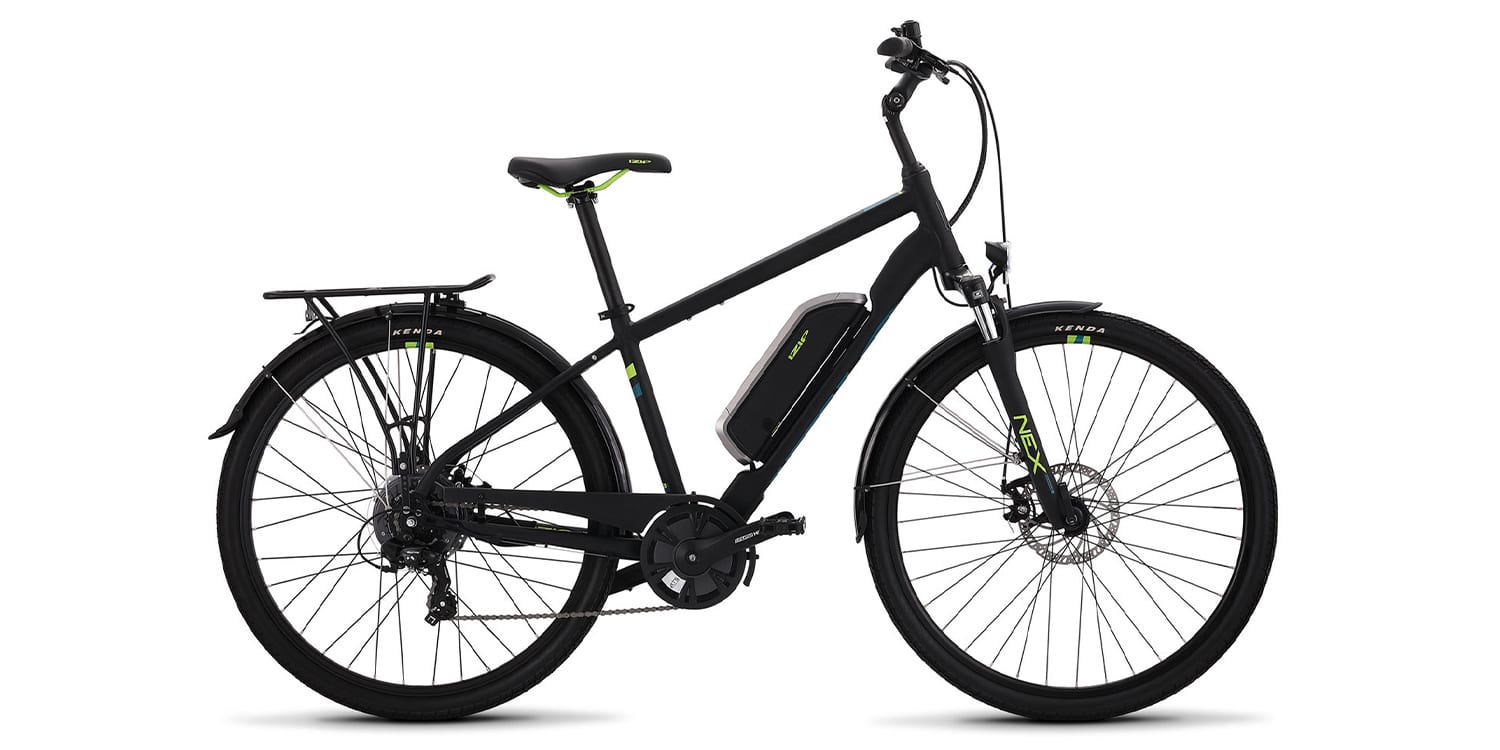
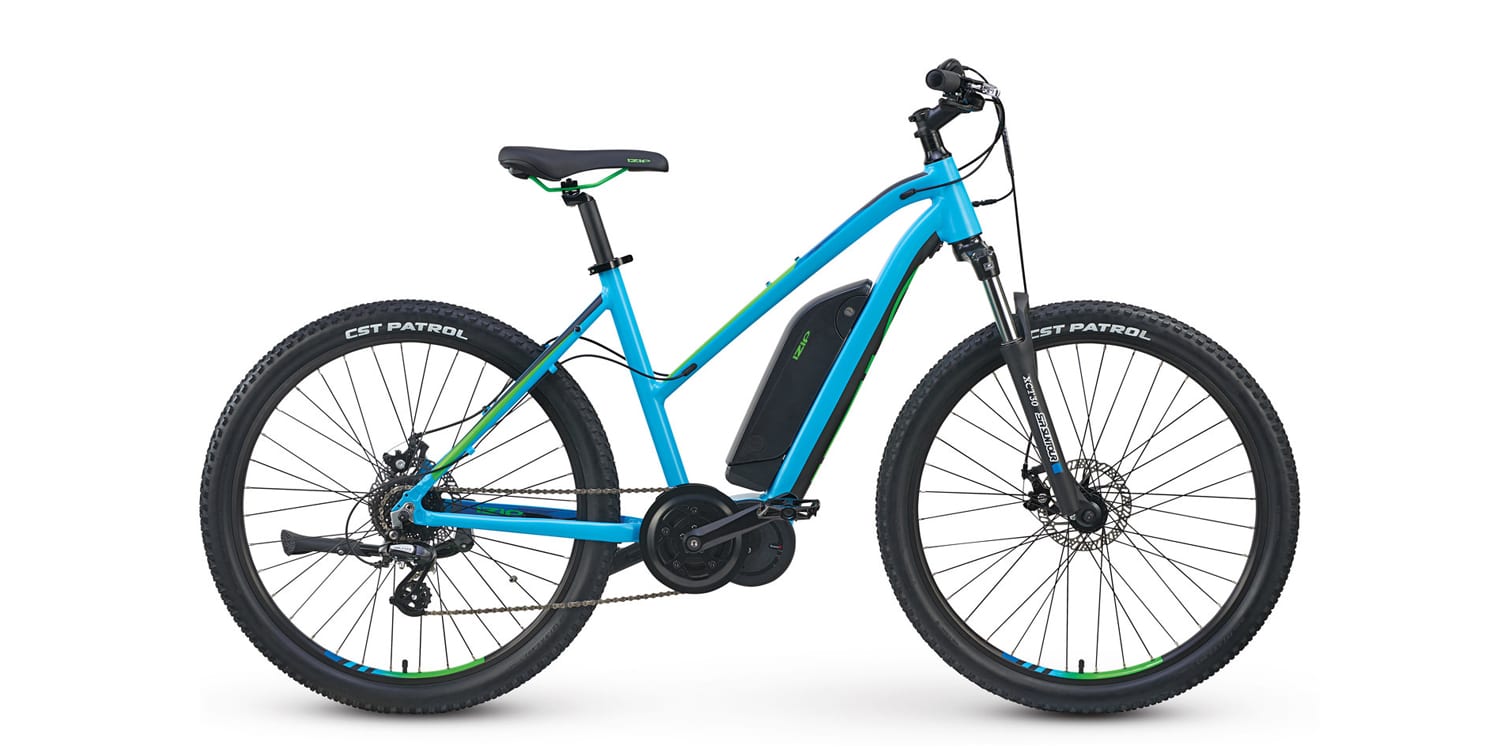
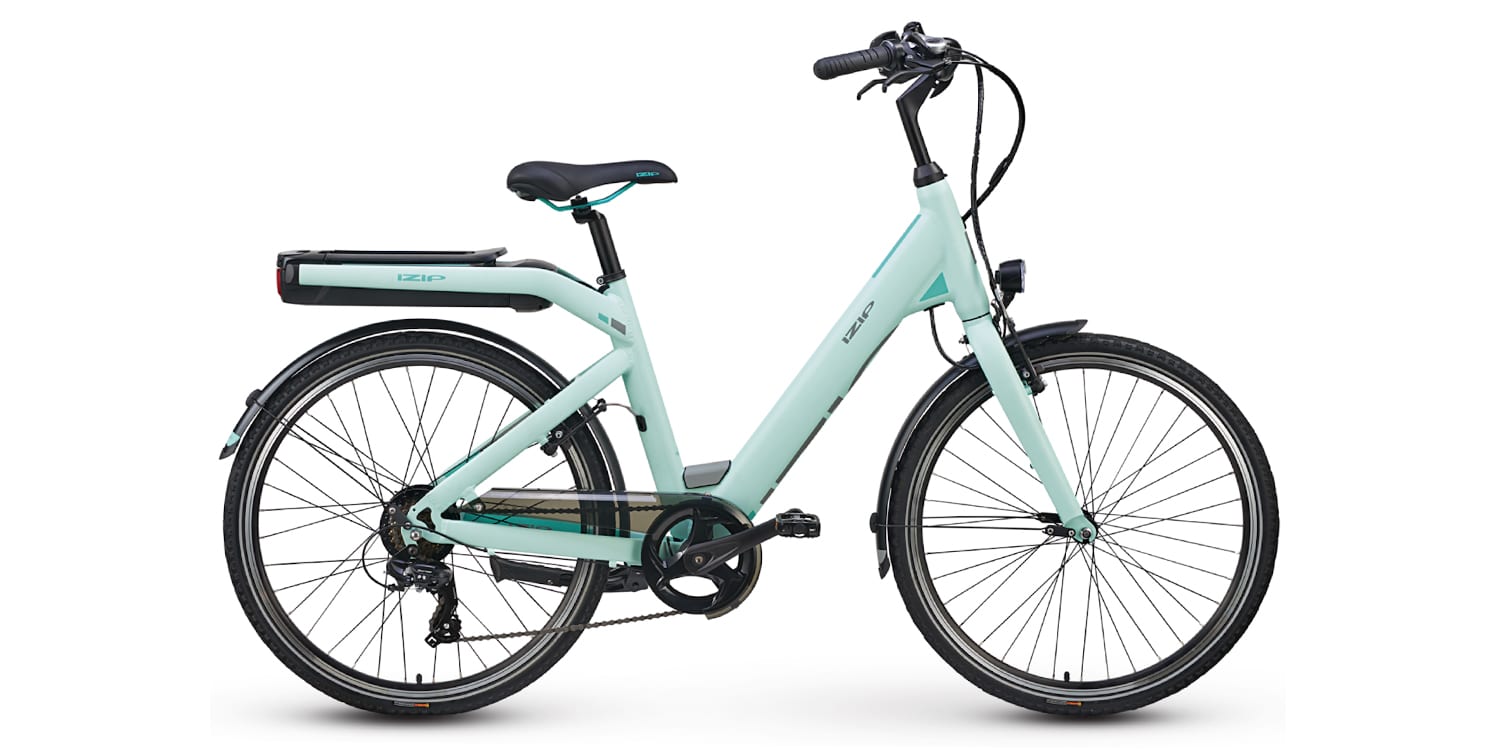
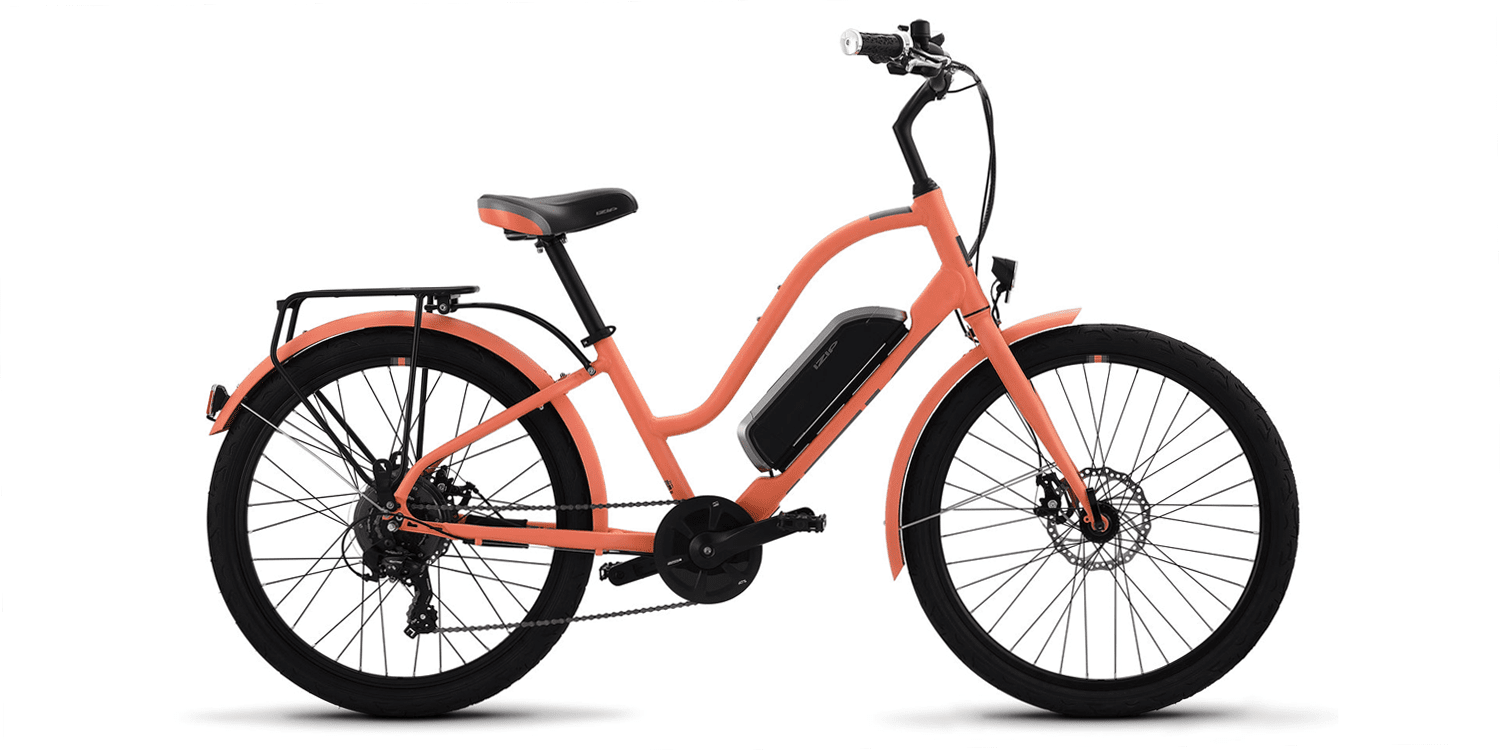
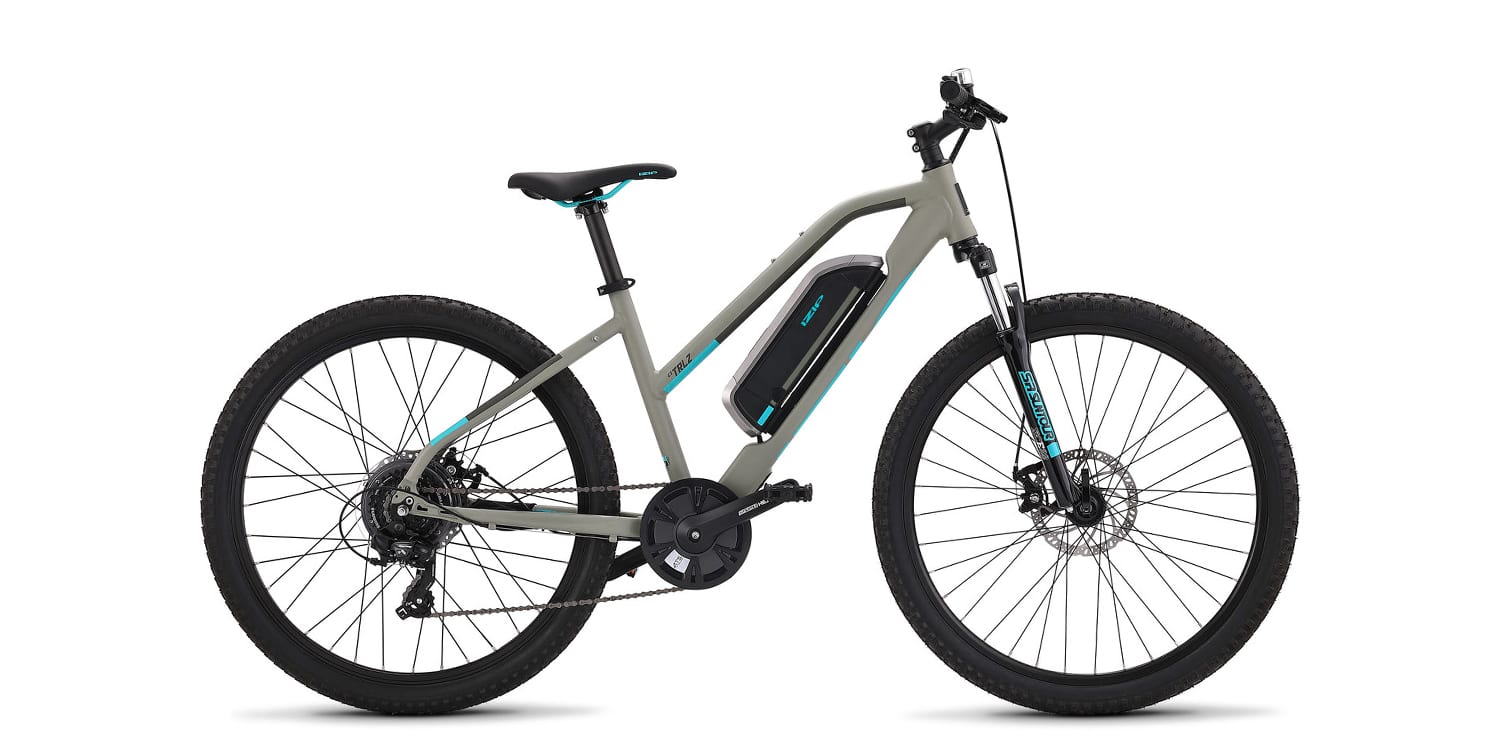

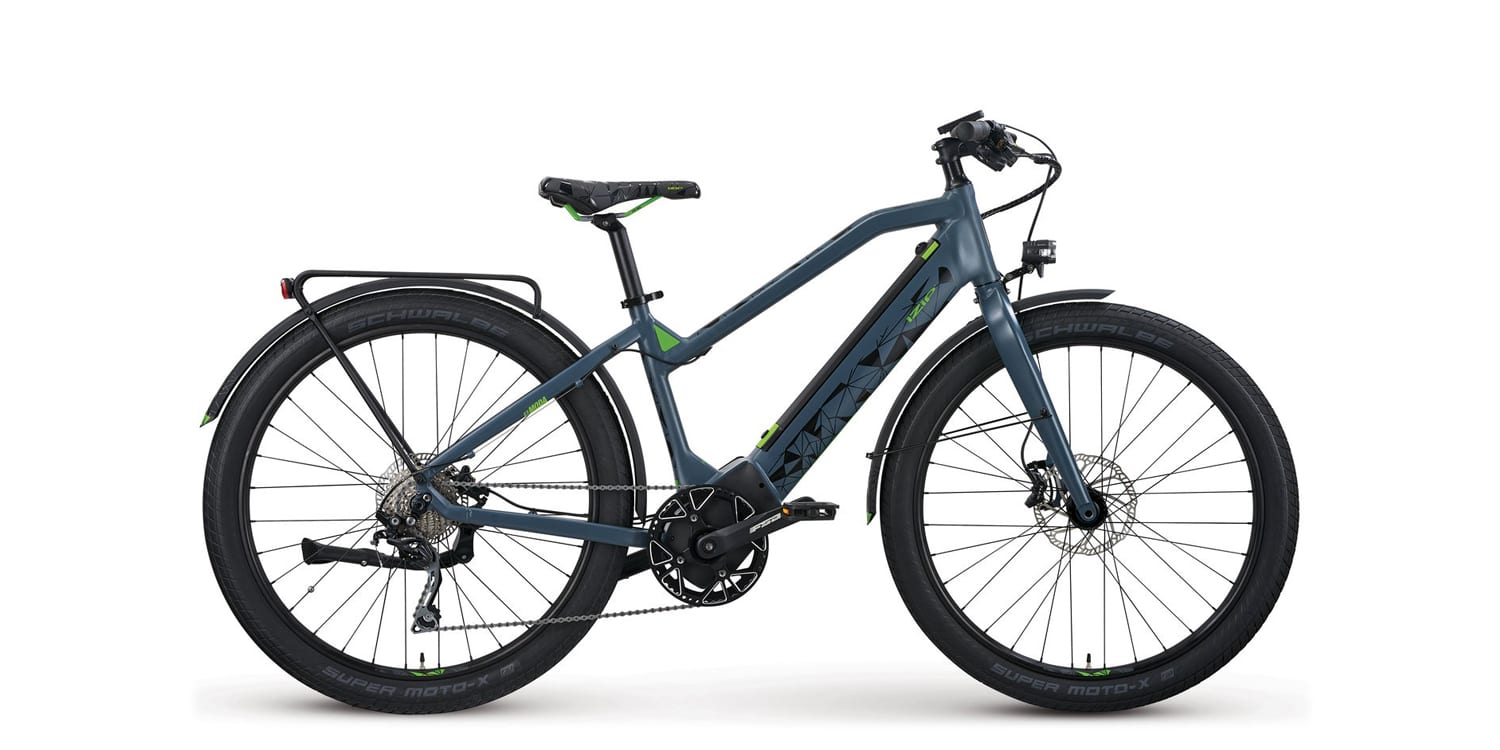
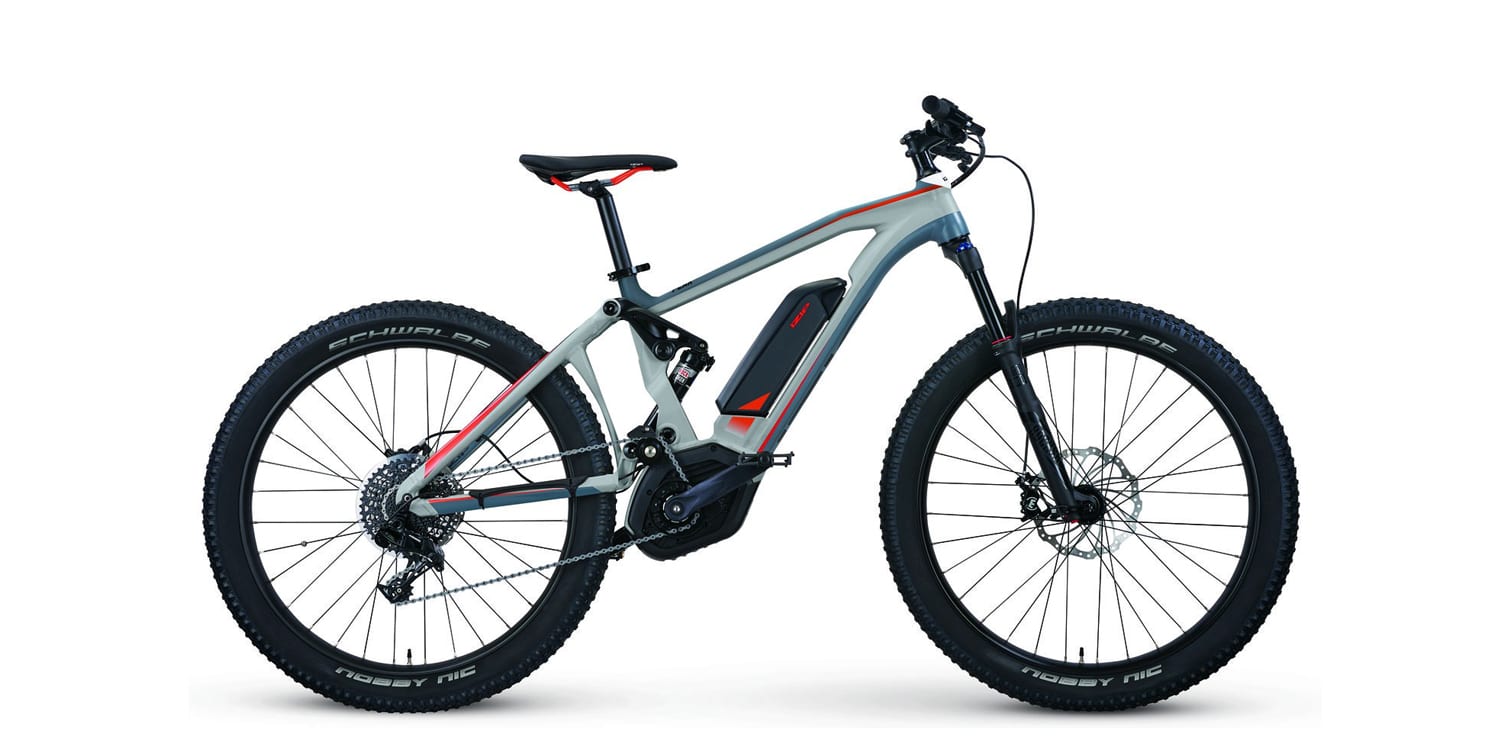
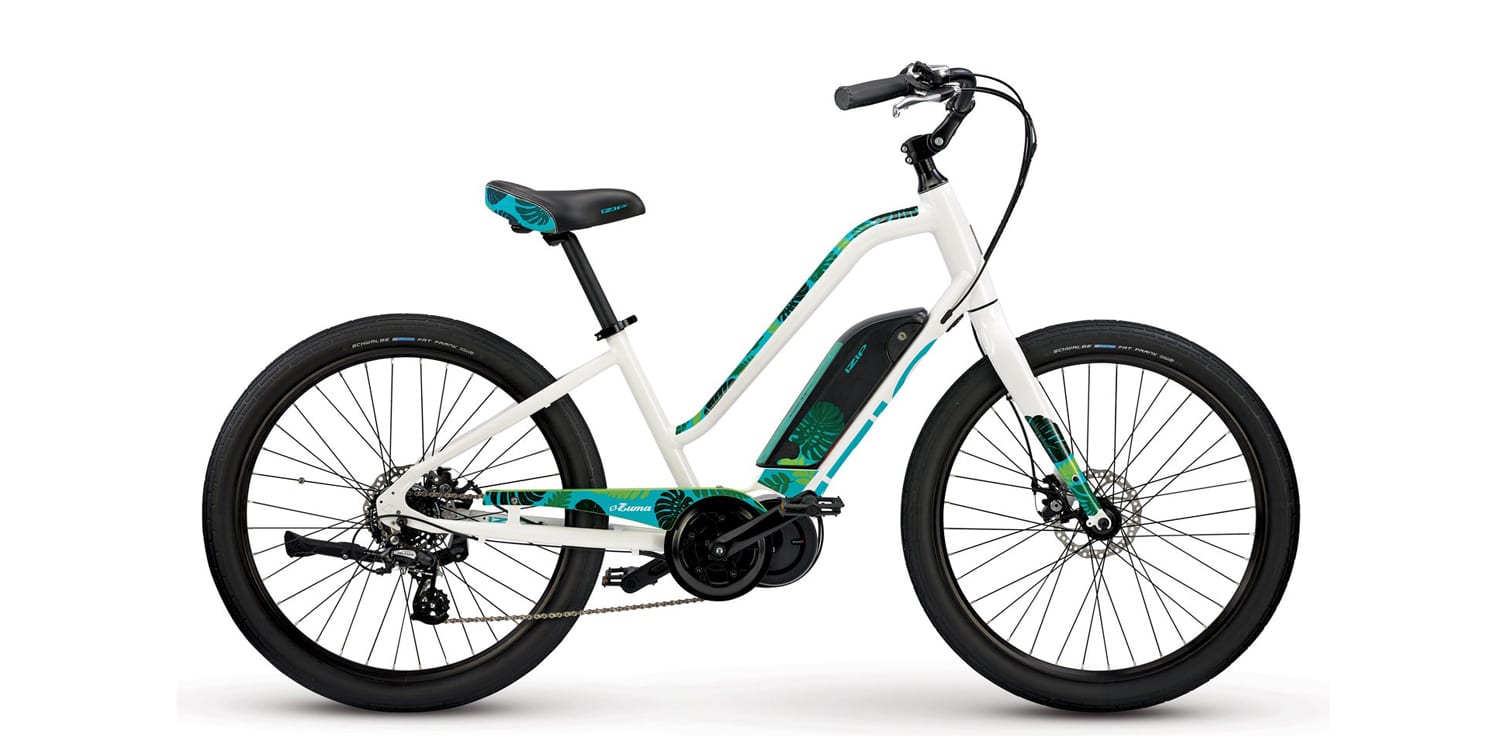
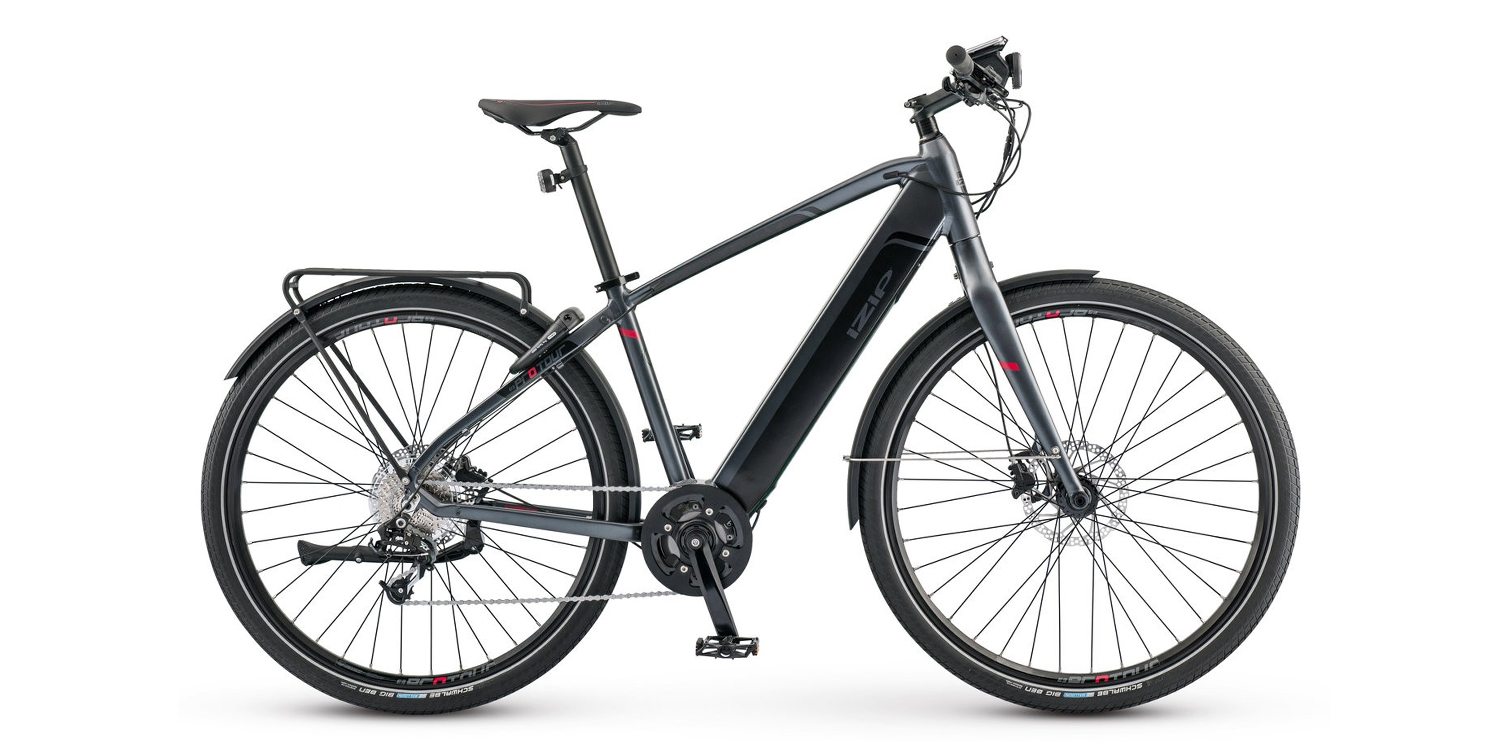
Reader Interactions